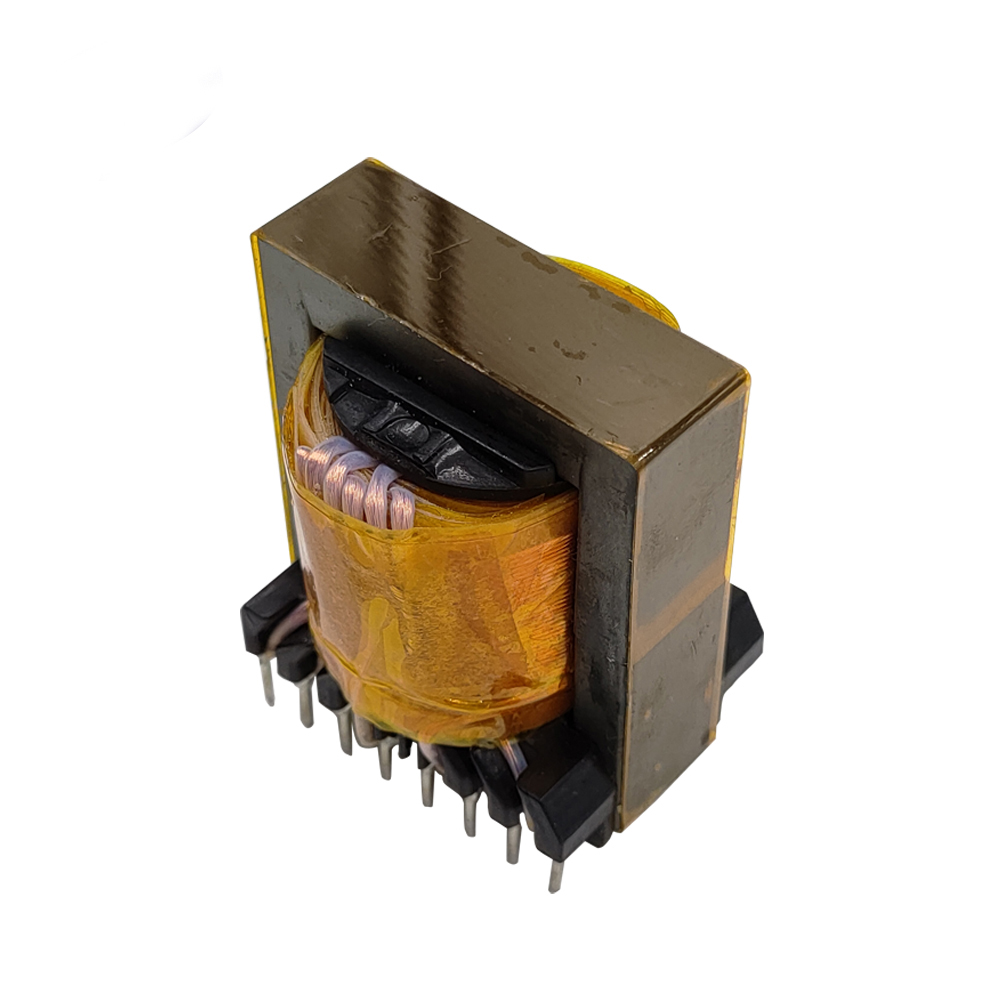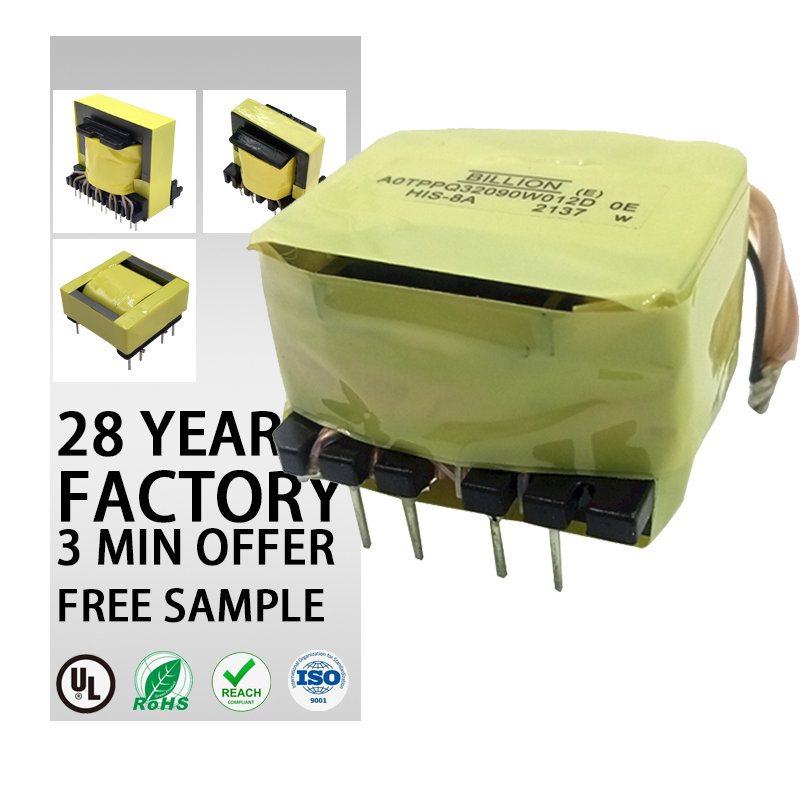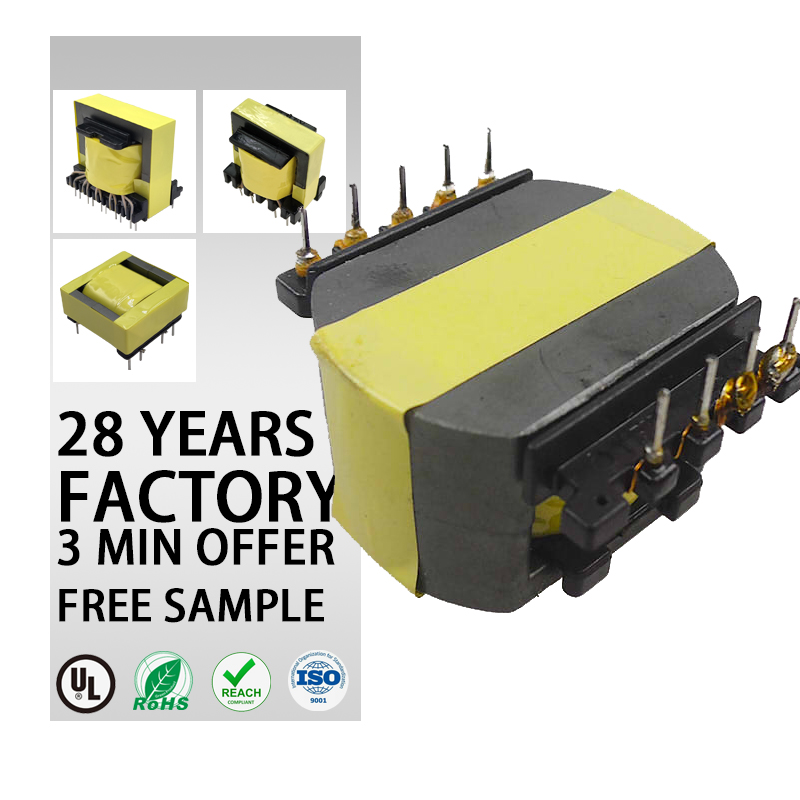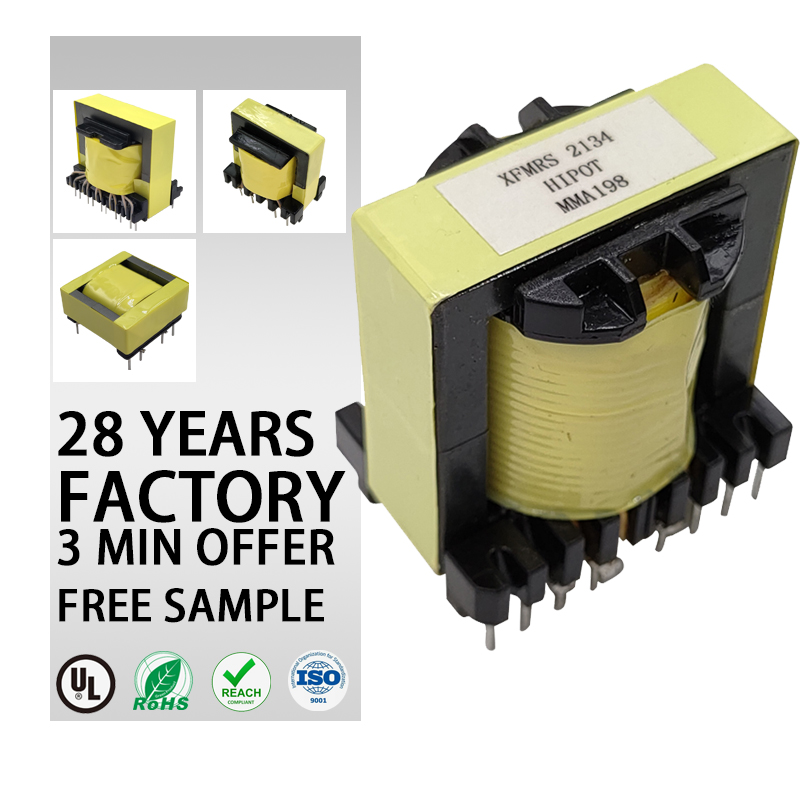What is the purpose of a power transformer?
A power transformer is a vital component in electrical power systems, primarily used to transfer electrical energy between different parts of the electrical grid. Here are the main purposes of a power transformer:
1. Voltage Transformation
- Step-Up Transformers: These increase voltage from a lower level (e.g., the output of a power generation station) to a higher level for long-distance transmission. Higher voltage levels reduce energy loss over long distances.
- Step-Down Transformers: These decrease voltage from a higher level (e.g., the high voltage from transmission lines) to a lower level suitable for distribution to homes, businesses, and industries.
2. Electrical Isolation
- Power transformers provide electrical isolation between the primary (input) and secondary (output) circuits. This isolation enhances safety and prevents issues like ground loops, which can cause interference and other problems in electrical systems.
3. Impedance Matching
- Power transformers help match the impedance between different parts of the power system, ensuring maximum power transfer and minimizing losses.
4. Load Distribution
- By stepping down high transmission voltages to usable levels, power transformers distribute electrical energy efficiently to various loads, ensuring reliable power supply to different regions.
5. Energy Efficiency
- Power transformers are designed to operate efficiently, minimizing energy loss during the transformation process. This efficiency is crucial in reducing overall energy consumption and operating costs in power systems.
Applications of Power Transformers
-
Generation Stations:
- Step-up transformers at power generation stations increase the voltage produced by generators to high levels suitable for transmission.
-
Transmission Lines:
- High voltage transmission lines carry electricity over long distances with minimal loss. Step-down transformers are then used to reduce the voltage to safer, more usable levels at substations.
-
Substations:
- Substations are equipped with transformers to step down transmission voltages for distribution to local networks.
-
Distribution Networks:
- Distribution transformers further step down the voltage to the final usable levels (e.g., 240V or 120V for residential and commercial use).
Key Components of Power Transformers
-
Core:
- Made of laminated silicon steel, the core minimizes energy loss due to eddy currents and hysteresis.
-
Windings:
- Consist of primary and secondary coils of copper or aluminum wire. The ratio of turns between the coils determines the voltage transformation.
-
Insulation:
- High-quality insulation materials are used to prevent short circuits and ensure safe operation.
-
Cooling Systems:
- Power transformers generate heat during operation, so they use cooling systems (oil or air cooling) to maintain safe operating temperatures.
-
Protective Devices:
- Power transformers are equipped with protective devices like circuit breakers, fuses, and surge protectors to safeguard against faults and overloads.
Summary
The purpose of a power transformer is to efficiently transfer electrical energy between different voltage levels, enabling the safe and reliable distribution of electricity across the power grid. By transforming voltage levels, providing electrical isolation, matching impedance, and distributing loads, power transformers play a critical role in modern electrical power systems, ensuring that electricity is delivered efficiently and safely from generation stations to end users.
E-MAIL: pxsales3@goldeneagle-cn.com
Phone: +86-18979985376
NAME: JUDY










